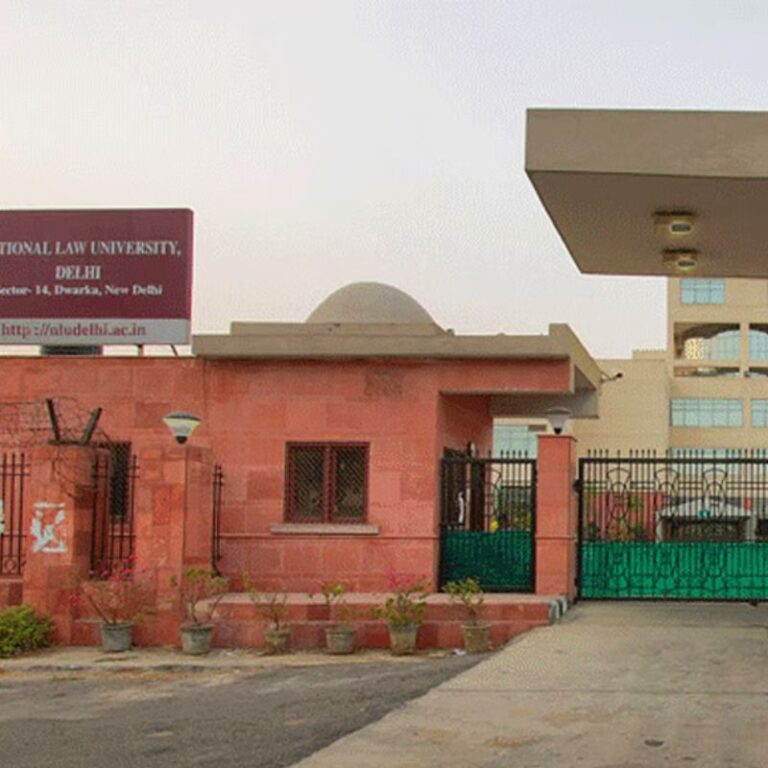Justice B.R. Gavai to Become the 52nd Chief Justice of India

Justice B.R. Gavai is set to be sworn in as the 52nd Chief Justice of India (CJI). His appointment follows the established tradition of appointing the senior-most judge of the Supreme Court to the top judicial post. This transition continues the long-standing principle of judicial seniority in India’s apex court.
Constitutional Basis
Article 124(1)
Establishes the Supreme Court of India, which comprises the Chief Justice and up to 33 other judges.
Article 124(2)
Empowers the President of India to appoint the Chief Justice of India.
The President must consult with judges of the Supreme Court and High Courts, as deemed necessary.
Appointment Process
1. Seniority Convention
The senior-most judge of the Supreme Court is typically recommended for appointment as the CJI.
2. Memorandum of Procedure (MoP)
The appointment process involves three key steps:
- The Union Law Minister seeks a recommendation from the outgoing CJI.
- The recommendation is forwarded to the Prime Minister.
- The President of India makes the final appointment.
Oath of Office
The CJI is administered the oath by the President of India.
Tenure and Background
- The Chief Justice of India serves until the age of 65.
- The first CJI was Justice Harilal J. Kania, who took office in 1950.
Key Functions of the Chief Justice of India
1. Judicial and Administrative Authority
- The CJI serves as the Master of the Roster, meaning they decide the allocation of cases and benches in the Supreme Court (as per the SC Handbook, 2017).
- They also oversee appointments of SC officers and staff under Article 146 of the Constitution.
2. Statutory Responsibilities
- Heads several selection committees for appointments to tribunals and regulatory bodies, such as the National Company Law Appellate Tribunal (NCLAT).
3. Ceremonial and Official Duties
- Administers the oath of office to the President.
- Decides the seat of the Supreme Court (though it usually sits in Delhi).
- Can appoint ad hoc judges and recommend the reappointment of retired judges.
4. Transparency and Accountability
- The office of the Chief Justice is subject to the Right to Information (RTI) Act, 2005, which ensures transparency in the functioning of the judiciary.
Significance of the Appointment
- Justice B.R. Gavai’s elevation is particularly notable as he will be among the few CJIs from marginalised communities, reflecting the growing diversity in the higher judiciary.
- As CJI, he will play a central role in shaping the judicial response to key constitutional matters, handling sensitive public interest litigations, and ensuring administrative efficiency in the Supreme Court.
Conclusion
Justice B.R. Gavai’s appointment as the 52nd Chief Justice of India comes at a time when the judiciary is playing an increasingly critical role in issues of constitutional interpretation, rights protection, and institutional accountability. His leadership will be crucial in upholding the integrity, independence, and efficiency of the judicial system. The CJI’s office not only serves as the guardian of the Constitution but also represents the moral compass of India’s democratic framework.
Calling all law aspirants!
Are you exhausted from constantly searching for study materials and question banks? Worry not!
With over 15,000 students already engaged, you definitely don't want to be left out.
Become a member of the most vibrant law aspirants community out there!
It’s FREE! Hurry!
Join our WhatsApp Groups (Click Here) and Telegram Channel (Click Here) today, and receive instant notifications.





